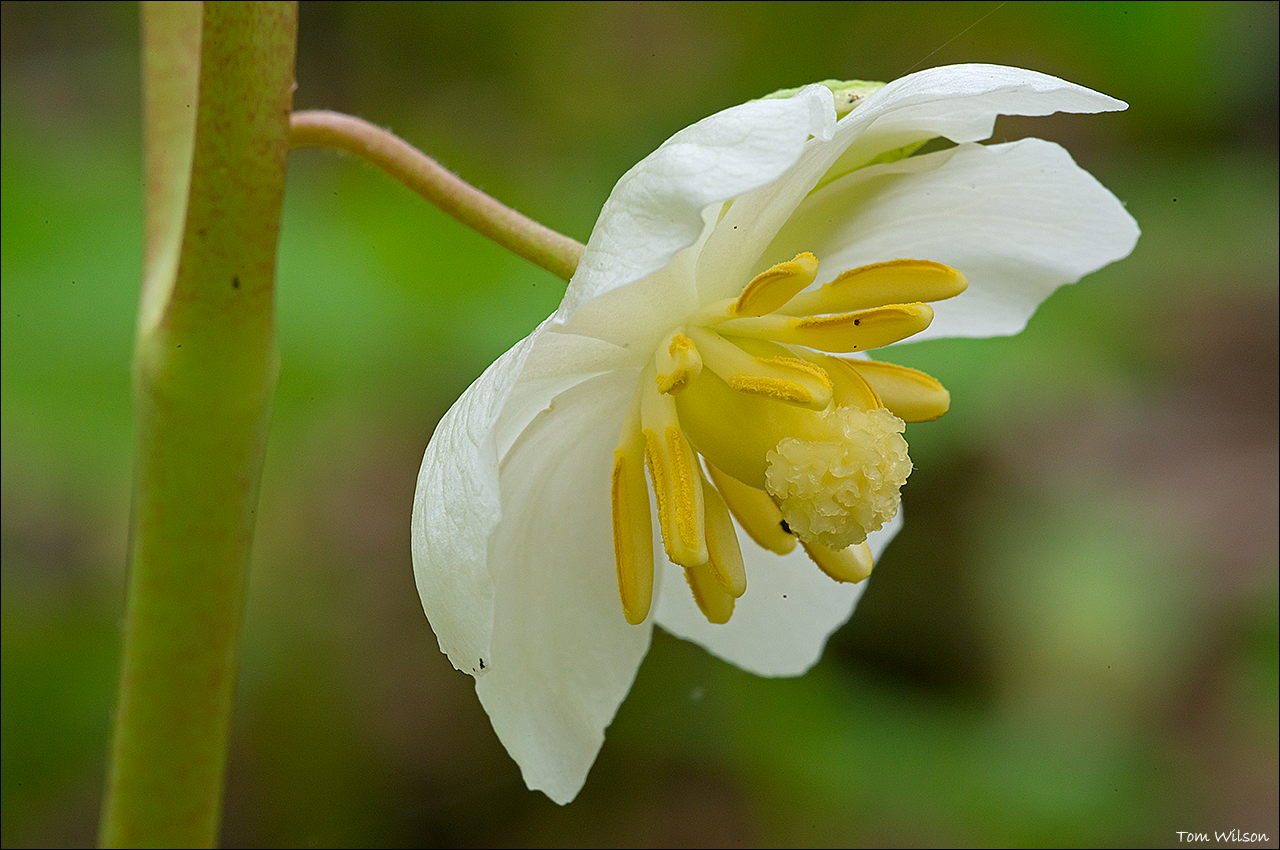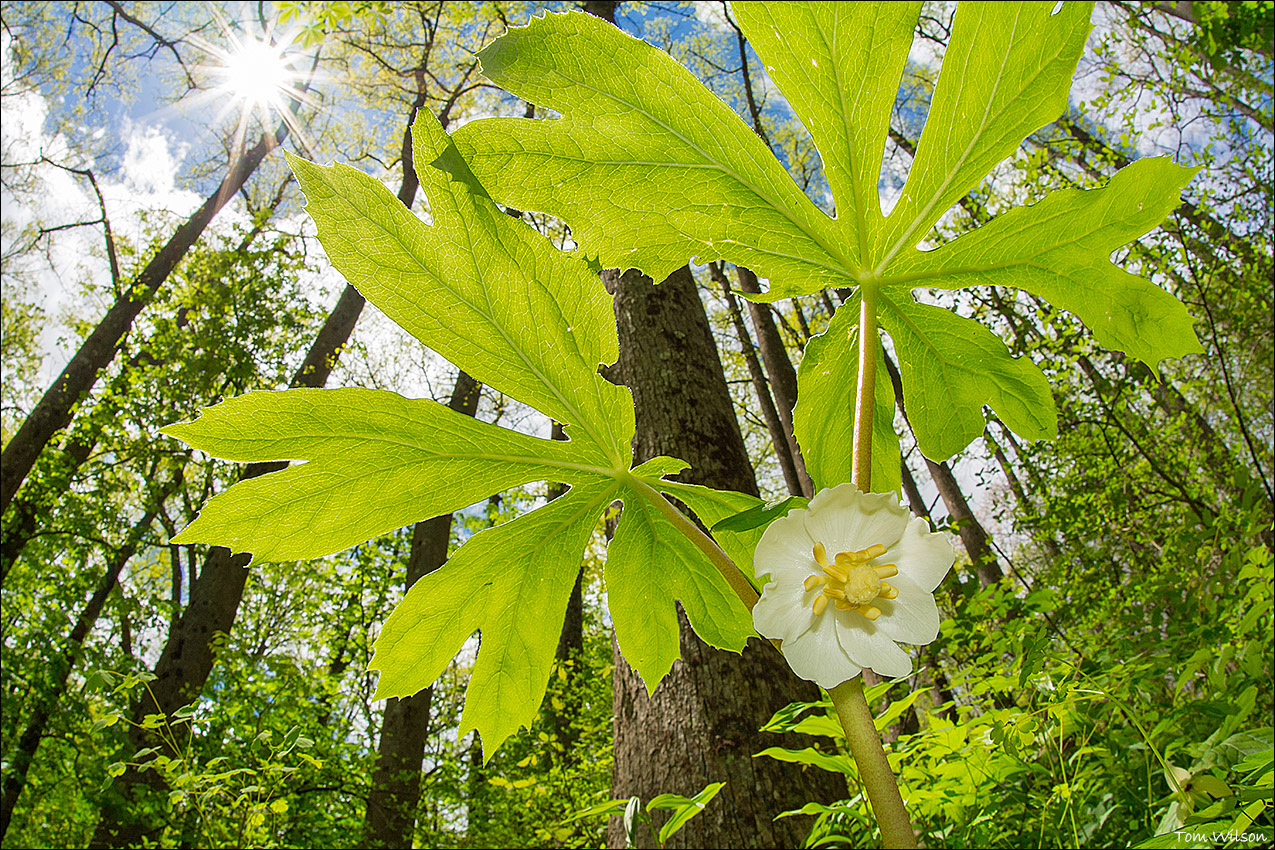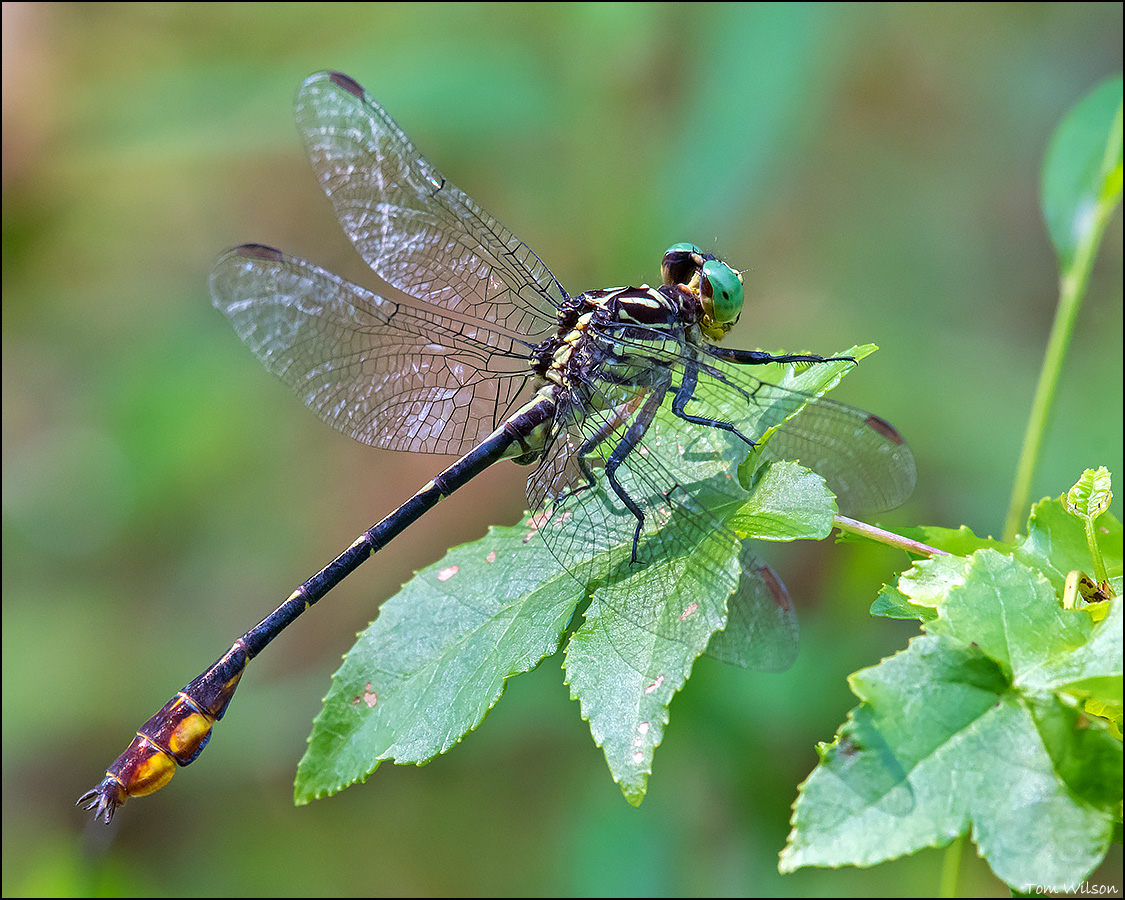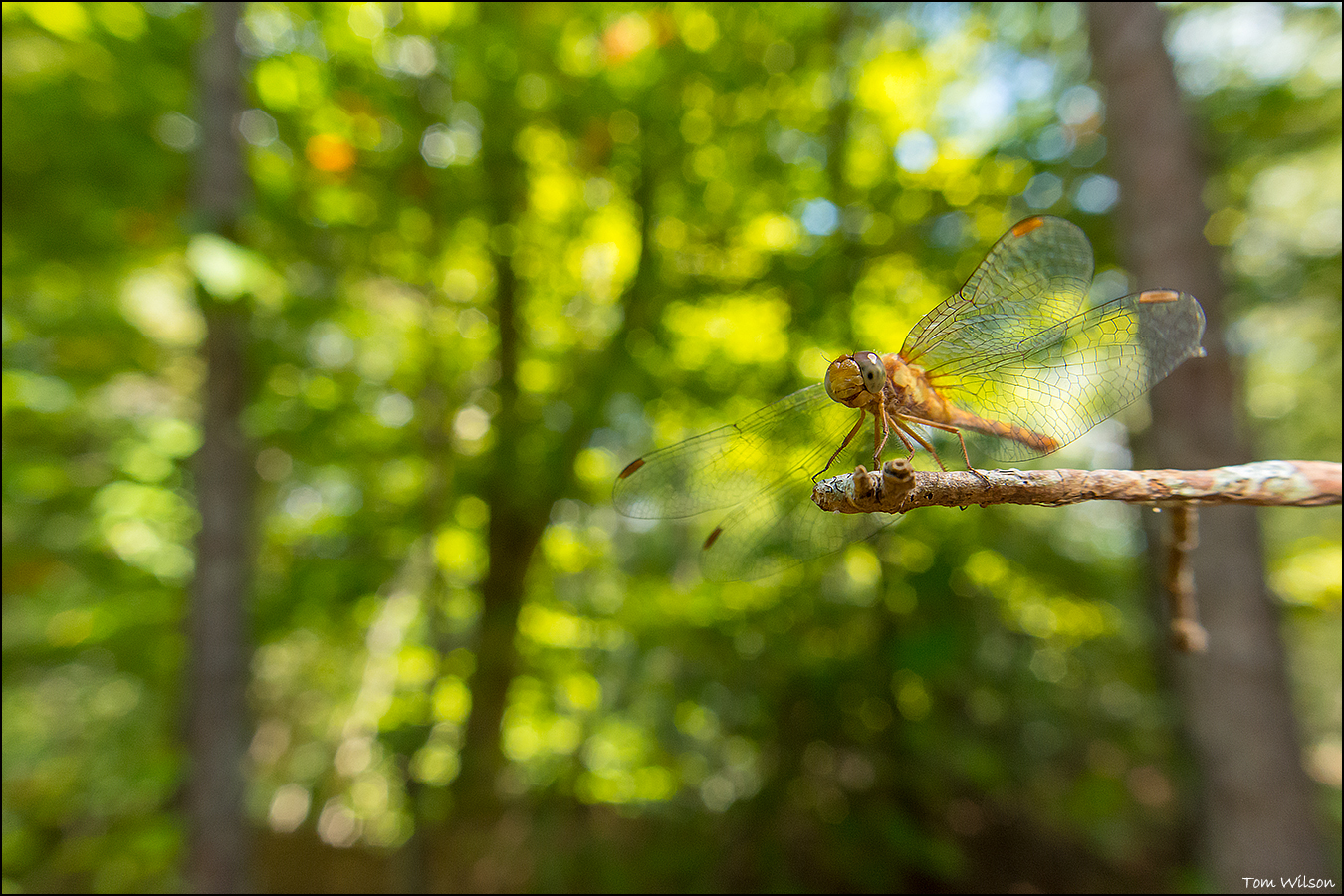by Tom Wilson (Bio)
Macro photography can be a powerful tool to communicate the wonder and magnificence of the world right at our feet and fingertips by getting up really close to a subject and showing the fine details that make it unique. But macro photography with a macro lens has some serious limitations both of which are imposed by the focal length of most macro lenses.
First of all, what is a macro lens? Technically a macro lens is one that reproduces a subject at a 1:1 ratio or greater, that means the image of the subject on the camera sensor or film is Just as big as the thing in real life, or bigger. Usually, however we think of a macro lens as one that lets us get really close and even though a magnification of 1:2 or 1:3 or even slightly greater isn’t technically a macro shot, we think of it as a macro shot because it allows us to show a small or tiny subject in great detail.
Most close up or macro lenses are in the focal length range of 90mm to 150mm or even as high as 200mm or as low as 60mm. Those focal lengths provide for a medium working distance from the subject in the range of 6 to 24 inches or so. Since they are telephoto lenses they have a pretty narrow angle of view and there’s the rub. What if I want to make a photograph of the critter or flower showing it in its environment? The 105mm or longer lens isn’t going to do that. It’s probably going to render a sharp image of the thing I’m photographing with a soft, creamy background like this picture of a Mayapple flower and that’s good unless I want you to see where my subject lives. What about a critter like many (not all) dragonflies that won’t tolerate a photographer approaching within a foot or two? How do I get a frame-filling photograph if my subject won’t let me get close enough to fill the frame?
My solution is to employ lenses not typically thought of as macro lenses to do macro or close up work.

The first example is a photograph I took of a Mayapple, which is a Spring ephemeral flower that grows in the Southern Appalachian Mountains. Spring ephemerals take advantage of a very short window of time in the early spring when the tree canopy has not leafed out yet and the warming, energizing sunlight can still reach the forest floor. This provides a window of opportunity that is short lived before the trees leaf out for small flowering plants to exploit this warm, moist environment and grow, flower and reproduce before that window closes. I couldn’t tell that whole story with just a macro lens because a macro lens wouldn’t let me include the whole cast of characters in the picture. That cast of characters include (hold your applause until all are introduced) the Mayapple plant and flower, the tall poplar trees that haven’t leafed out yet; the sun that warms the forest floor and provides energy to the plant through photosynthesis and the clouds that bring the needed rain (now you may applaud). To include the whole cast of characters I used a 15mm Sigma fisheye lens that has a close focus distance of about 3” and a very wide angle of view. I minimized the fisheye effect by using only the central part of the image and by applying lens corrections in Photoshop to eliminate the barrel distortion. Compare this image to the more traditional image of the Mayapple flower shot with the 150mm macro lens. The traditional image combined with the wide-angle close up image can both be used to illustrate a photo essay of Spring ephemerals, one to show the beautiful flower and the other to show where and how it lives. One additional bit of technical information about the wide angle image is that I used a bit of fill flash to throw a little light on the flower which otherwise would have been too dark because it’s in the shade of the sun as you can see in the picture.


The second example of nontraditional lens used for macro photography can be seen in this photograph of a dragonfly called a Laura’s Clubtail. This dragonfly would not have allowed me to get close enough for this picture with a 105mm macro lens. I would have scared him off. To get close up images of dragonflies without getting too close I use a long telephoto lens with a short minimum focus distance. In this case, I have used a Nikon 200-500mm VR lens at 500mm. I was probably about 7 feet away from the dragonfly to make this image. That sounds pretty close and it is but, with a 105 mm lens, I would have had to be less than 2 feet away to get the same image scale. I probably would have scared the little fellow off at about 4 feet.
Remember that I said not all Dragonflies are intolerant of a close approach? That’s important because if I have a good knowledge of my subject then I may know that an Autumn Meadowhawk is very tolerant of a close approach and I can use my 15mm fisheye lens and get within 2” of the little gal (this is a female) and show her in great detail but also include her environment. Interestingly many of the point-and-shoot cameras as well as some smart-phone and tablet cameras have good wide angle close-up capabilities so check to make sure that you don’t already have the tools to accomplish some of these images by seeing how close your camera will focus to a subject and how wide you can go. Also, check out the telephoto lens you do have. Many people starting in photography invest in an 80-200mm or a 70-300mm zoom lens, did you? Point it at something and move in as close as you can, how close will it let you get? You may already have the tool to make the second kind of image I described. In short, learn by playing, that’s what the animals do.
Standard macro lenses from 90mm to 150mm are a great tool in a photographer’s tool box but remember to think about what you want your picture to look like and what story you want to tell and then use the tool that will help you do that regardless of what it’s called.

